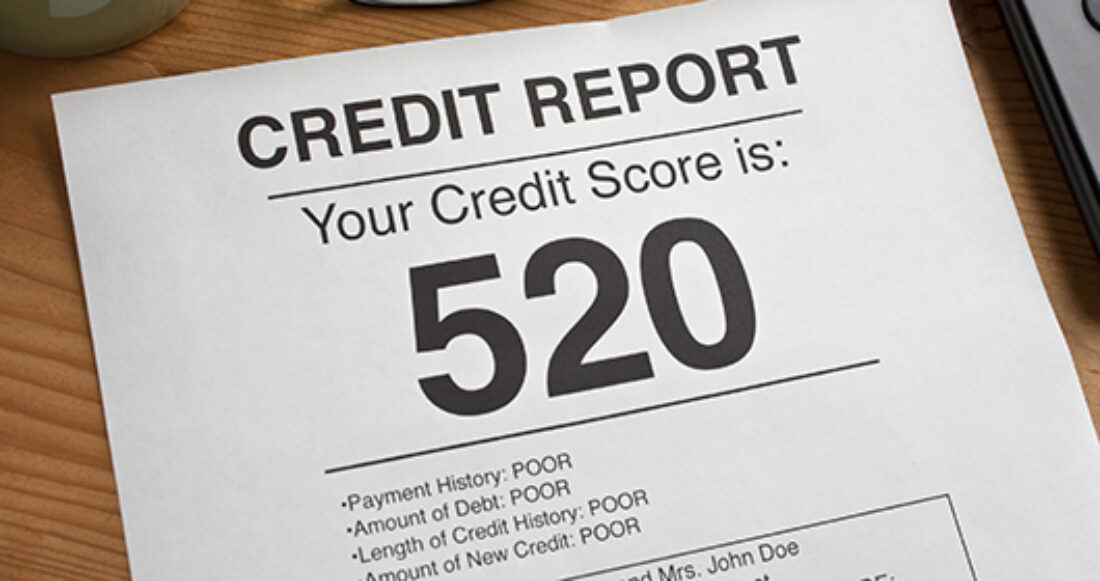Five Questions with Casey: Beadsie Woo on Protecting the Credit of Foster Youth

As a senior associate in the Annie E. Casey Foundation’s Center for Community and Economic Opportunity, Beadsie Woo works on strategies to help vulnerable families build and protect their assets to become more financially stable. She coauthored Weathering the Recession: The Financial Crisis and Family Wealth Changes in Low-Income Neighborhoods, a report that explored what happened to assets, debts and home equity for families living in low-income neighborhoods during the Great Recession.

Q1. Building good credit is important for all young people going out on their own, but young people aging out of foster care face specific challenges. What are they?
Every year, more than 26,000 young people age out of foster care, many with no permanent family connection to help them navigate the road to adulthood. Establishing credit is one roadblock that regularly presents itself for youth who have been in foster care. This is because of identity theft: The risk of identity theft is greater for young people in foster care because they move frequently and their Social Security numbers pass by many more adults than the typical young person. Adults in the lives of foster youth may use the young people’s identity to open credit accounts, take out loans or pay bills. The young people often don’t realize there is a problem until they are barred from renting an apartment, purchasing a car or even getting a phone because of a bad credit report. In total, about five percent of credit reports of youth in foster care show identity theft.
Q2. What is being done to help young people in this plight?
In 2011, Congress enacted a law requiring that young people ages 16 and older in the foster care system receive copies of their credit reports on an annual basis, as well as assistance in resolving any inaccuracies before leaving the system. But implementation of the law has been slow and problematic in many states. It’s a complex and time-consuming issue to address; it’s also an unfunded mandate for child welfare agencies.
Q3. What role has the Casey Foundation been playing to help resolve this problem?
We are trying to get good information to child welfare caseworkers, mentors and other adults in young people’s lives so that they know why getting credit reports is so important and understand the current and future implications of these reports. We’ve been trying to encourage conversations between credit bureaus, regulators, consumer protection and human services officials so that stakeholders can work together to address this issue. We just released Youth and Credit: Protecting the Credit of Youth in Foster Care, which details steps everyone should be taking to help youth in foster care. We also developed educational resources for youth regarding credit.
Q4. What are some of the stickiest issues in resolving these cases?
It should be easy to detect identity theft when a bad credit report turns up on a young person because he or she could not even have acquired credit legally before age 18. But states are facing a number of challenges and discrepancies in the procedures for requesting and receiving credit reports from the credit reporting agencies — and in clearing up inaccuracies. And while prosecution might be the logical step in the state court system when identity theft is confirmed, young people in the child welfare system may be reluctant to pursue litigation against a family member or someone else with whom they want to maintain a connection and good relationship.
Q5. Young people develop problems with bad credit for other reasons besides identity theft. Does your work also help educate youth in foster care about this issue in general?
The Jim Casey Youth Opportunities Initiative, among other efforts, focuses more directly on financial education and empowerment for youth in foster care, but we want to first ensure that they receive their credit reports and assistance in clearing up inaccuracies as required by law. Reviewing the credit report is a teachable moment for conveying how credit will affect one’s life for better or worse. In the past, people looked at credit reports only when someone was applying for credit. Now credit reports are looked at for reasons unrelated to borrowing such as getting a job or an apartment. We need to impress upon young people the importance of credit, how to build a good report and how it affects so many facets of life.





